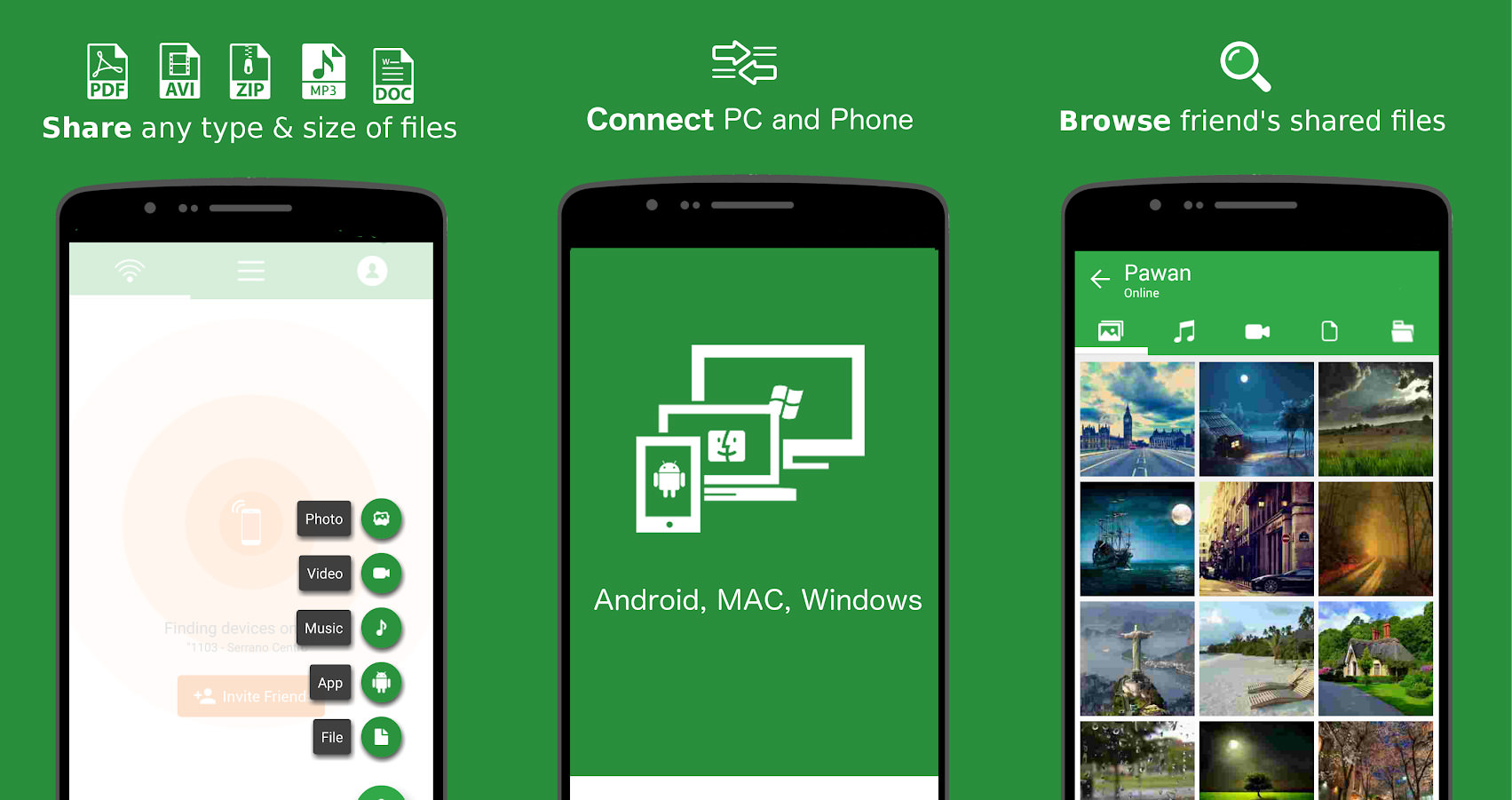
Just plug that drive into your Mac, copy files to it, and use it as a neutral, shared storage location. Instead, you can share files between your operating systems via an external drive. If this is all too annoying, you may want to forget about your Mac’s internal drive. This may be inconvenient because it splits your limited storage into yet another partition, but it’s an option. Modern versions of Windows can’t be installed on a FAT32 partition, so this partition will need to be separate from both your Mac and Windows system partitions.
TRANSFER FILES BETWEEN MAC AND PC ON SAME NETWORK MAC OS X
Format that new partition with that FAT file system and you’ll be able to read and write to it from both Windows and Mac OS X without any third-party software.

You could use the Disk Utility to shrink one of your current partitions and create a new partition. FAT32 is normally used on USB sticks and other removable drives because it’s so widely supported. There is a neutral type of file system that both operating systems support - FAT32. Windows doesn’t normally like HFS+, and Mac OS X doesn’t want to write to NTFS. RELATED: Why Do Removable Drives Still Use FAT32 Instead of NTFS? After you install it, you’ll be able to access your Windows partition - and any external drives formatted with NTFS - in full read/write mode from Mac OS X. Try the free and open-source NTFS-FREE if you don’t want to spend any money on this feature. There are quite a few solutions for writing to NTFS file systems on a Mac, many of which are paid applications.

Unfortunately, Mac OS X can only read this partition out of the box, not write to it. Your Windows partition appears under Devices as BOOTCAMP on Mac OS X. Write to Windows NTFS Partitions From OS X HFSExplorer is a free tool for accessing Mac partitions from within Windows, but it’s read-only so it won’t help you here.


 0 kommentar(er)
0 kommentar(er)
